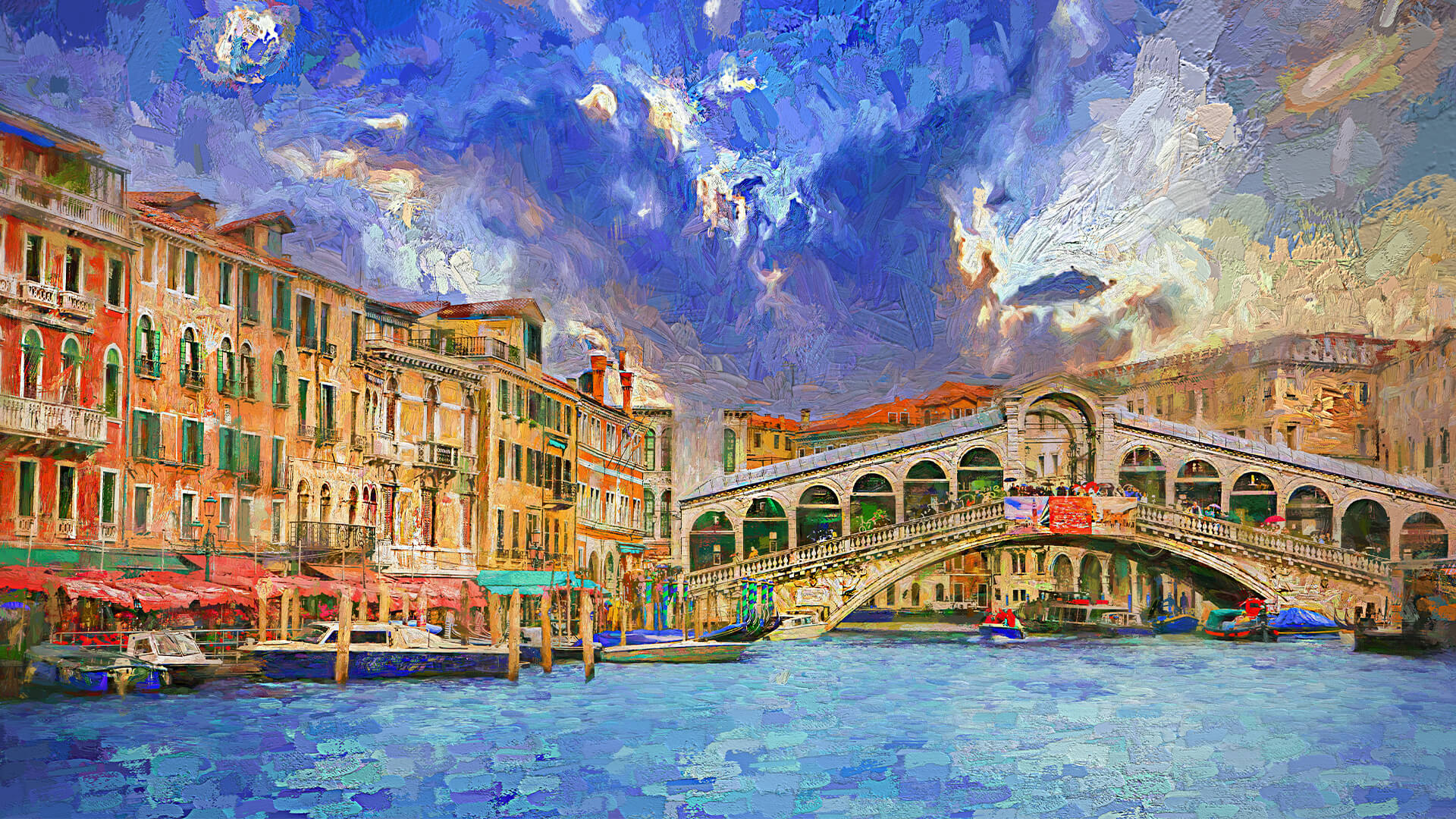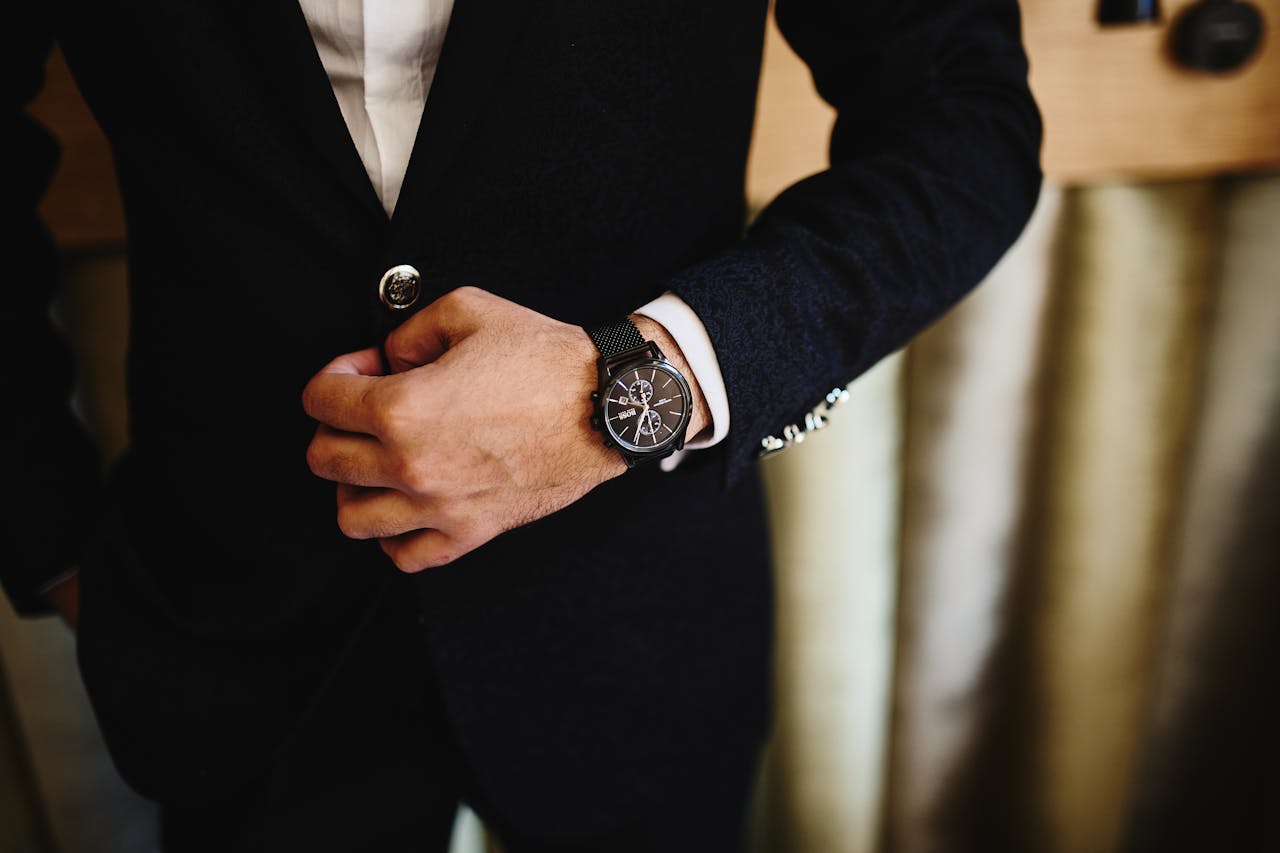
At first glance, the term ‘art history’ is very self-explanatory. It’s the history of art. However, the subject goes much deeper than that. It asks “What is considered art?” and “Whose history should we be studying?” That being said, art history isn’t simply a timeline of all the world’s artistic movements.
Most art history books concentrate on a geographic location, set of artists, and style of art – which is normally Western fine art produced by men. That’s a very narrow, exclusionary approach not only because it ignores different people groups, but because it omits different expressions of creativity – which is why you should know how to choose the right books.
How to Choose the Right Art History Books
If you’re new to art history, it’s best to start off with a textbook. Although this is a very academic approach, it will give you an overview of the major art movements and styles. You can also ask an online essay service to get a comprehensive summary. After all, new textbooks are expensive. If you go this route, however, you should opt for free PDFs online or used copies on Amazon.
Once you have a broad understanding of art history, it will be easier to identify what you find interesting and want to learn more of. That could be a specific style, artist, or period. However, figuring out which books are worth reading can be a hassle – especially if your time is being taken up by school and work.
That’s where the experts from a paper writing service come in. They’ll help you ace your assignments with ease. To make things even easier on you, we’ve taken the liberty of providing you with a list of the top rated books in the field.
Janson’s History of Art (9th Ed.), by Penelope J.E. Davies et. al.
For the last 60 years, Janson’s History of Art has been the go-to book for art students everywhere. They use it for extracurricular reading and recommend it when addressing write my paper services. Originally published in 1962, it offers a grand overview of art history from the Gothic period to modern creations. While previous editions largely neglected female artists and minorities, the ninth and most recent edition has broadened its scope. Moreover, it has included other forms of art – such as architecture and photography – in its pages.
The Story of Art, by E.H. Gombrich
Gombrich opens this book by writing, “There is no such thing as art. There are only artists.” This sets the tone for the rest of the book as he focuses on individual artists and the works they created. It comes as a highly recommended book by the editorial staff of Art in America and has been a national bestseller for over four decades.
It’s written in simple language, which makes it easy for readers of all ages and backgrounds to understand. The content touches a little on tribal art, but otherwise sticks to Western male artists.
African-American Art, by Sharon F. Patton
Art, and its creators, are diverse. Sharon F. Patton’s 1998 classic, African-American Art, showcases the different art styles in America’s black community between the 18th and 20th centuries. It discusses the architecture styles of enslaved people, the folk and decorative arts of the 19th century, and how it was all influenced by major events in American history like the Civil War.
Moving into the 20th century, Patton looks at the intersection of politics and the aesthetic of African-American art.
Women, Art, and Society, by Whitney Chadwick
Chadwick’s book challenges the long-believed argument that great women artists are only considered great because they are the ‘exception to the rule.’ Originally published in 1996, it has since brought light to previously overlooked female artists and their works. The women under study span from the Middle Ages to modern times, and include prominent names like:
- Wangechi Mutu
- Pae White
- Yael Bartana
- Jenny Saville
More than simply highlighting these women, however, Chadwick re-examines their works from a feminist angle. Her critique centers around how women have traditionally been pushed to the margins in art.
100 Years 100 Artworks, by Agnes Berecz
It may be the newest book on our shelf, but that doesn’t mean it only focuses on contemporary works. In 100 Years, Berecz looks at the best works of the past century. Her survey begins in 1919 with Marcel Duchamp’s playful L.H.O.O.Q. – or what he referred to as ‘readymades.’ From thereon, Berecz showcases the best works of each year until 2019.
100 Years is inclusive of works from around the world, different styles, which makes it all the more interesting.
Conclusion
Academia has traditionally excluded the contributions that women, minorities, and non-Western actors have made throughout history. These groups have also been ignored when it comes to their contributions to art. In a turn of the tide, however, authors have been increasingly showcasing artists from diverse backgrounds in their books. Reading widely will grant you a better understanding of art throughout the years.











































